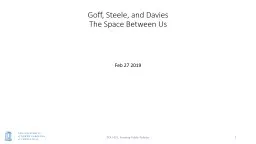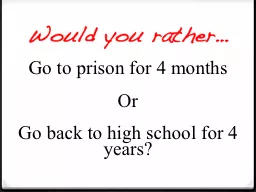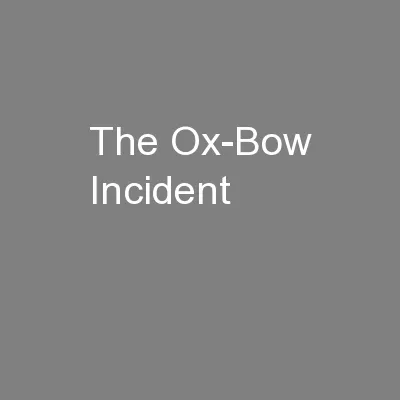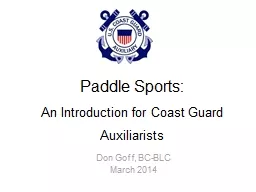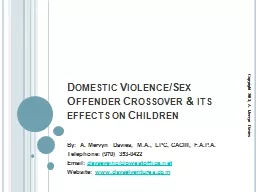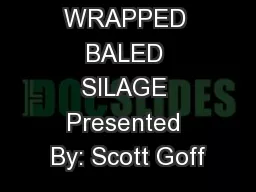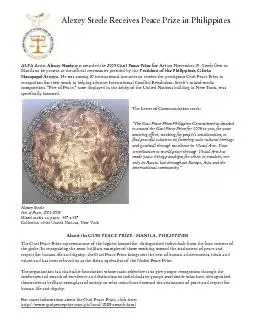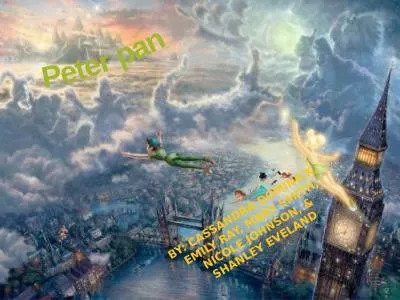PPT-Goff, Steele, and Davies
Author : windbey | Published Date : 2020-08-05
The Space Between Us Feb 27 2019 POLI 421 Framing Public Policies 1 Some preliminaries The first citation in the article today is to this article Bobo L 1983 Whites
Presentation Embed Code
Download Presentation
Download Presentation The PPT/PDF document "Goff, Steele, and Davies" is the property of its rightful owner. Permission is granted to download and print the materials on this website for personal, non-commercial use only, and to display it on your personal computer provided you do not modify the materials and that you retain all copyright notices contained in the materials. By downloading content from our website, you accept the terms of this agreement.
Goff, Steele, and Davies: Transcript
Download Rules Of Document
"Goff, Steele, and Davies"The content belongs to its owner. You may download and print it for personal use, without modification, and keep all copyright notices. By downloading, you agree to these terms.
Related Documents

